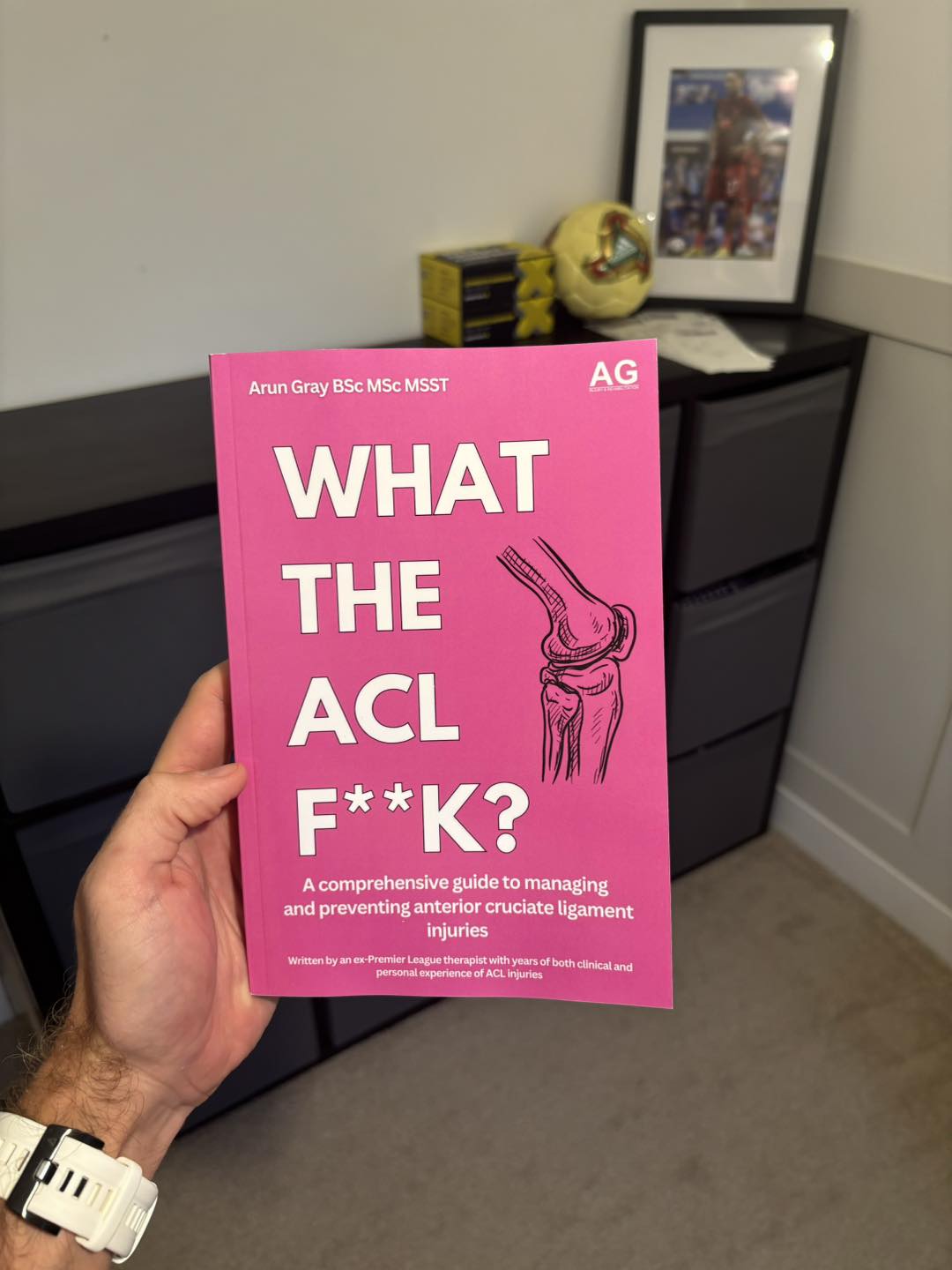Did you know that every year, more than 200,000 Americans face the prospect of ACL surgery, with costs ranging dramatically from $9,500 to over $30,000? This essential knee procedure, while potentially expensive, can mean the difference between returning to an active lifestyle and facing chronic knee problems.
Whether you're an athlete dealing with a sports injury or someone who's experienced an unfortunate accident, understanding the real costs of ACL surgery is crucial for making informed decisions about your treatment. From insurance coverage to hidden expenses, the financial aspect of ACL reconstruction involves more than just the surgical price tag.
Understanding ACL Surgery and Its Necessity
ACL surgery repairs a torn anterior cruciate ligament by replacing it with a tendon graft to bring back knee stability. Most ACL tears happen during sports activities, particularly when players make quick direction changes or land wrong after jumping.
You might need ACL surgery if you have a complete tear, your knee feels unstable, or you want to get back to playing sports. Not getting surgery when it's needed can lead to more knee problems. The damaged knee might give out during daily activities, and over time, this can hurt other parts of your knee like cartilage and meniscus.
Getting the surgery done promptly helps prevent additional knee damage and lets you return to activities faster.
Average Cost Range for ACL Surgery in the United States
The national average for ACL replacement surgery costs about $15,445, though prices typically range from $9,504 to $26,137. These costs vary based on several factors, including where you live, the type of medical facility, and your surgeon's fees.
Your final bill depends on injury severity, surgery type, and whether you choose a hospital or outpatient surgery center. Insurance coverage also plays a big role - most plans help with costs if the surgery is medically needed, but you'll still need to check your specific plan details.
For patients without insurance, the total expense can reach up to $30,000, making it worth checking different facilities and payment options.
Detailed Breakdown of ACL Surgery Costs
ACL surgery costs include several parts. Surgeon's fees make up a big part of the bill, ranging from $4,000 to $8,000, based on the doctor's skill level and office location. Anesthesia adds another $1,000 to $2,500 to the total.
Hospital or surgical center charges typically run between $5,000 and $15,000. This covers the operating room, medical staff, and basic supplies. Before surgery, you'll need tests and doctor visits that cost $500 to $2,000.
Physical therapy is another key expense - each session costs $50 to $350, and most patients need 10 to 20 sessions. A full round of therapy can total $1,000 or more, depending on your recovery needs.
Factors Influencing the Cost of ACL Surgery
Where you live makes a big difference in ACL surgery costs. Major cities often charge more than rural areas, with prices in places like New York or Los Angeles running 30-40% higher than the national average.
Your choice of medical facility affects the price too. Traditional hospitals typically charge more than specialized outpatient surgery centers. A surgeon's years of practice and success rate also impact their fees - more experienced doctors often charge higher rates.
The type of graft selected for your surgery changes the cost. Autografts (using your own tissue) often cost less than allografts (donor tissue). Some procedures need extra work, like fixing other knee damage found during surgery, which adds to the final bill.
Insurance Coverage for ACL Surgery
Most private health insurance plans cover ACL reconstruction surgery when it's medically needed. Insurance typically pays 70-80% of approved costs after you meet your deductible. Your actual out-of-pocket costs depend on your specific plan's terms and whether you choose in-network providers.
Medicare Part B helps with ACL surgery costs if you're eligible, paying about 80% of approved charges. Medicaid coverage varies by state, but generally includes ACL surgery when a doctor confirms it's necessary.
Before scheduling surgery, check with your insurance company about: pre-authorization requirements, network restrictions, and expected costs. Ask for a written breakdown of covered services and get cost estimates from your healthcare providers. This helps avoid surprise bills and lets you plan for expenses like co-pays and deductibles.
Cost Implications for Uninsured Patients
Without insurance, ACL surgery costs can hit hard - ranging from $10,000 to $30,000 in the U.S. These high prices often lead patients to put off needed treatment, which can make knee problems worse over time.
Several options exist to help manage these costs. Many hospitals offer sliding-scale fees based on income or cash payment discounts of 20-30%. Some surgical centers provide interest-free payment plans, letting patients spread costs over 12-24 months.
Local non-profit organizations and medical charities sometimes help with surgery expenses. Patients can also talk directly with surgeons about fees - many doctors reduce their rates for self-pay patients. Some facilities bundle services into one lower price, which can save thousands compared to paying for each service separately.
International Cost Comparisons for ACL Surgery
Should you have surgery costs show big differences around the world. In India, patients pay between ₹1,39,980 to ₹1,99,983 ($1,700-$2,400), while Thailand offers procedures for $4,500-$6,000. Mexico and Costa Rica charge between $5,500-$7,500 for the same operation.
Many Americans choose medical tourism to save money, with popular spots including Mexico, Costa Rica, and India. These locations often pair modern medical facilities with experienced surgeons at lower prices.
However, traveling abroad for surgery comes with trade-offs. While savings can reach 50-70%, patients face extra travel costs, longer stays away from home, and possible language barriers. Follow-up care becomes trickier, and if complications happen, getting additional treatment might mean another international trip.
Additional Expenses Beyond Surgery
The cost of ACL surgery goes beyond the operating room. Pain medications and antibiotics typically cost $100-300 for the first month. Some patients need ongoing prescriptions during recovery, adding $30-50 monthly.
Medical equipment makes up another significant expense. Knee braces range from $150 to $800, while crutches cost $30-100. Some patients also need cold therapy units ($150-300) for swelling control.
Time off work creates financial pressure - most people need 2-6 weeks away from their jobs. While short-term disability insurance helps some patients, others face unpaid leave.
Physical therapy and recovery bills stack up during recovery. Most insurance plans cover only part of the 10-20 sessions needed. At $50-350 per session, therapy costs can reach $1,000-7,000 total, depending on your recovery needs and insurance coverage.
Strategies for Reducing ACL Surgery Costs
Should you have surgery can lead to big savings on ACL surgery. Different medical facilities often charge varying rates for the same procedure - outpatient surgery centers typically cost 40% less than hospitals.
You can find good deals on medical equipment through online marketplaces or medical supply resale shops. Used knee braces and crutches often sell for half the retail price while still meeting safety standards.
Getting proper pre-surgery care helps prevent costly complications. Following doctor's orders about exercise and rest before surgery improves outcomes and reduces recovery time.
Many medical facilities offer 20-30% discounts for upfront cash payments. Some also provide no-interest payment plans over 12-24 months. Ask about financial assistance programs - they might reduce your total costs by thousands of dollars.
Exploration of Financing Options for ACL Surgery
Medical loans specifically for surgeries offer fixed interest rates and structured payment terms. These loans, available through banks or online lenders, typically range from $2,000 to $50,000 with repayment periods of 2-7 years.
Most surgical facilities work with patients to create manageable payment plans. These plans often split the total cost into monthly payments over 12-24 months, sometimes without interest if paid within a set timeframe.
Healthcare credit cards can help cover immediate surgical costs, though interest rates may reach 20% or higher. Some cards offer zero-interest periods for 6-18 months on medical charges over $200.
Personal financial advisors suggest setting aside money in Health Savings Accounts (HSAs) or Flexible Spending Accounts (FSAs) before surgery. These accounts use pre-tax dollars, reducing overall costs by 20-30% for many patients.
Long-term Financial Considerations Related to ACL Surgery
Some ACL reconstruction surgery patients need follow-up procedures years later. Research shows about 5-10% of patients require revision surgery within 10 years, which can cost as much as the initial operation.
Physical therapy often extends beyond the initial recovery period. Many patients spend $500-1,000 yearly on maintenance sessions to keep their knees strong and prevent new injuries. Home exercise equipment for ongoing knee care typically adds $200-400 to long-term costs.
Health-related expenses might change after surgery. Some patients switch to lower-impact sports or need special shoes ($100-200 annually). Others add preventive care like regular massage therapy ($60-100 per session) or joint supplements ($20-40 monthly).
Setting aside money for future knee care helps manage these ongoing costs. Medical experts suggest keeping $2,000-3,000 in reserve for unexpected knee-related expenses.
Planning for Your ACL Surgery Journey
While the cost of ACL surgery might seem daunting at first glance, understanding your options and planning ahead can make this essential procedure more financially manageable. From insurance coverage and payment plans to medical tourism and facility choices, numerous strategies exist to help reduce the financial burden.
Remember that investing in proper ACL surgery and rehabilitation isn't just about immediate recovery – it's an investment in your long-term mobility and quality of life. By carefully considering all financial aspects and available resources, you can make informed decisions that balance both your medical needs and financial well-being.

